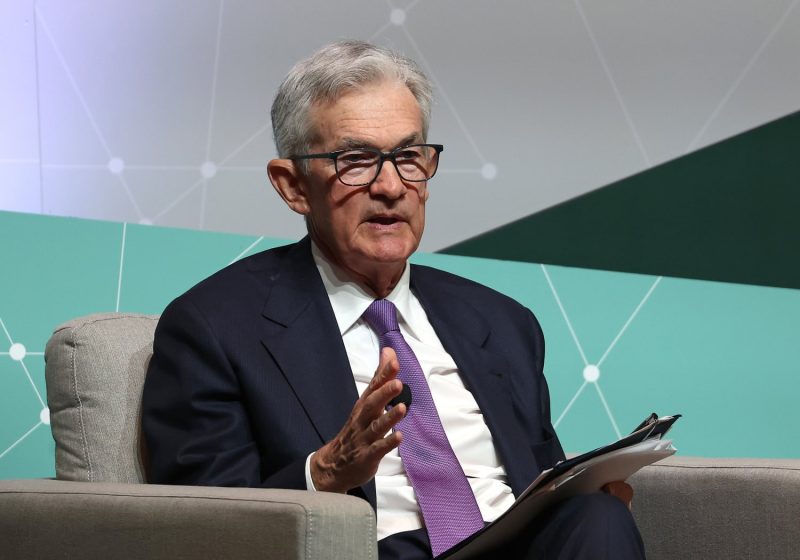In the wake of economic uncertainties and market volatility, the Federal Reserve’s decision on interest rates has become a topic of keen interest among economists and financial experts. The Federal Reserve is tasked with the crucial responsibility of managing the country’s monetary policy to ensure economic stability and growth. However, recent developments have added a new layer of complexity to this already challenging task.
One of the key concerns surrounding the current economic landscape is the impact of trade tensions between the United States and its major trading partners, particularly China. The trade war has led to an atmosphere of uncertainty, as businesses and investors grapple with the potential consequences of tariffs and retaliatory measures. This uncertainty has manifested in various sectors of the economy, with indicators such as manufacturing activity and business investments showing signs of weakness.
In light of these developments, economists are divided on the Federal Reserve’s next move regarding interest rates. While some believe that a series of rate cuts is necessary to stimulate the economy and mitigate the impact of trade tensions, others argue that the current economic indicators do not warrant such aggressive action. This uncertainty among economists is a reflection of the complex and interconnected nature of the global economy, where multiple factors can influence the trajectory of economic growth.
Furthermore, the Federal Reserve’s decisions are not made in a vacuum. They are also influenced by a myriad of domestic and international variables, including inflation rates, employment figures, and geopolitical tensions. As such, predicting the Fed’s next move with absolute certainty is a challenging task that requires a deep understanding of economic trends and policy dynamics.
Despite the uncertainties surrounding the Federal Reserve’s future actions on interest rates, one thing is clear – the importance of effective communication and transparency in guiding market expectations. The Fed’s words and actions have a significant impact on investor sentiment and market dynamics, highlighting the need for clear and consistent messaging from policymakers.
In conclusion, the current economic environment presents a complex and uncertain landscape for the Federal Reserve and economists alike. As trade tensions persist and global economic growth decelerates, the Fed faces the challenging task of navigating these headwinds to ensure stability and growth. While economists may be divided on the appropriate course of action, what remains crucial is the need for vigilance, adaptability, and a deep understanding of the factors shaping the global economy.


























